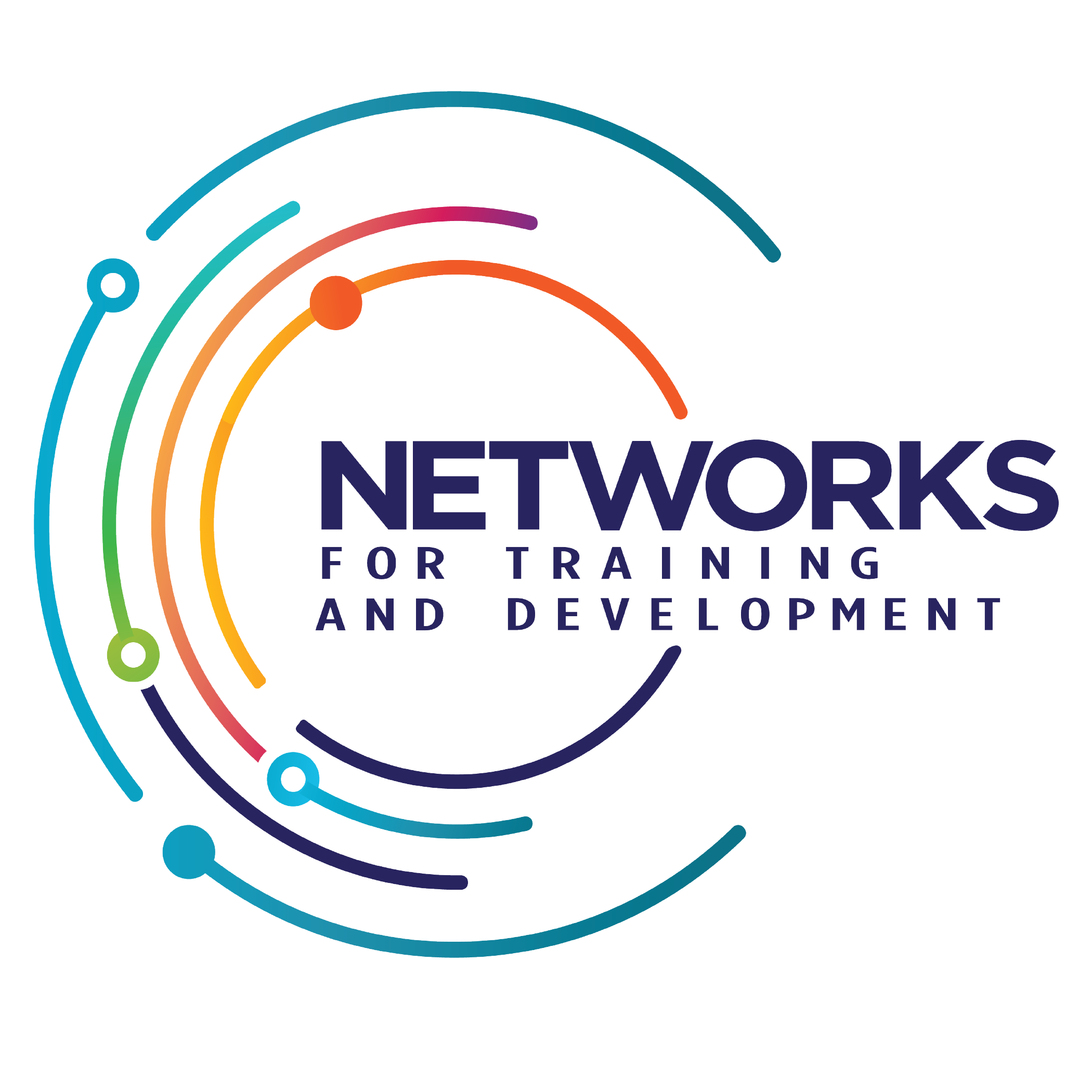When people think of nonprofits, they often think of big missions, tight budgets, and hardworking teams. All of that is true — but what often goes unseen is the heartbeat of every nonprofit: the stories. The real lives, the real impact, the moments of joy, resilience, and transformation. Storytelling is so much more than a communication tool — it’s how we connect, advocate, and inspire action.
Why Stories Matter
Nonprofits do important work, but if people don’t understand why it matters or who it helps, support can fall flat. Facts inform, but stories move. Sharing a powerful personal story can turn a passive reader into a lifelong donor, a curious viewer into a passionate volunteer, and a skeptic into a believer.
We’ve seen it firsthand — the difference between a flyer full of stats versus a short video featuring someone whose life changed through our programs. People respond to people.
Centering Lived Experience
One of the most important parts of storytelling in nonprofit work is making sure the stories we share are authentic and respectful. Especially when working with communities that have historically been marginalized — like the disability community, which our organization is proud to support — it’s essential to center lived experience, elevate voices with consent, and avoid “inspiration-porn” narratives.
We aim to highlight strengths, not struggles. And we do it in collaboration, not in exploitation.
Small Stories, Big Impact
Not every story has to be a tearjerker or a viral video. Sometimes, a short quote from someone who attended a workshop or a quick behind-the-scenes photo from an event can spark connection. As a nonprofit, every smile, every milestone, every moment is a story waiting to be told — and they all add up.
How You Can Support
Next time you see a nonprofit post on social media, read a testimonial in an email, or watch a short video about someone’s experience — take a moment to share it. It might seem small, but helping spread these stories is one of the easiest and most impactful ways you can support the mission.
Because at the end of the day, people don’t support causes — they support people. And stories help them do just that. These stories aren’t just nice to hear — they’re real. They’re powerful. And they often reflect some of the most vulnerable, courageous, and transformative moments in someone’s life.

